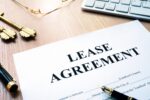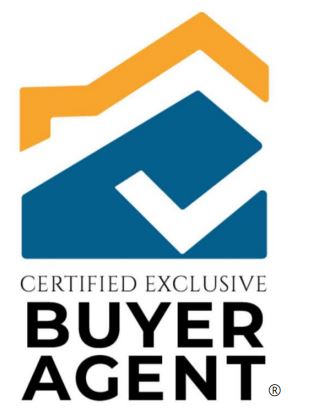2023 Florida Jumbo Loan Limits

A jumbo loan is a type of mortgage loan that’s used to finance loans that exceed the conforming loan limit. In the United States, the Federal Housing Finance Agency (FHFA) sets loan limits for conforming loans each year.












 Kim N. Bregman
Kim N. Bregman